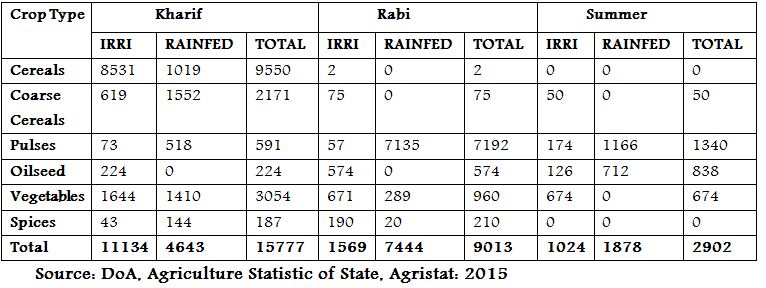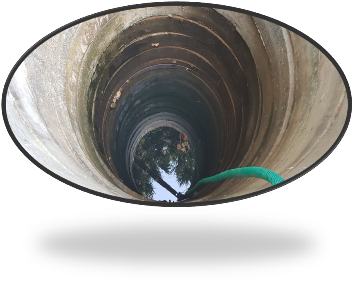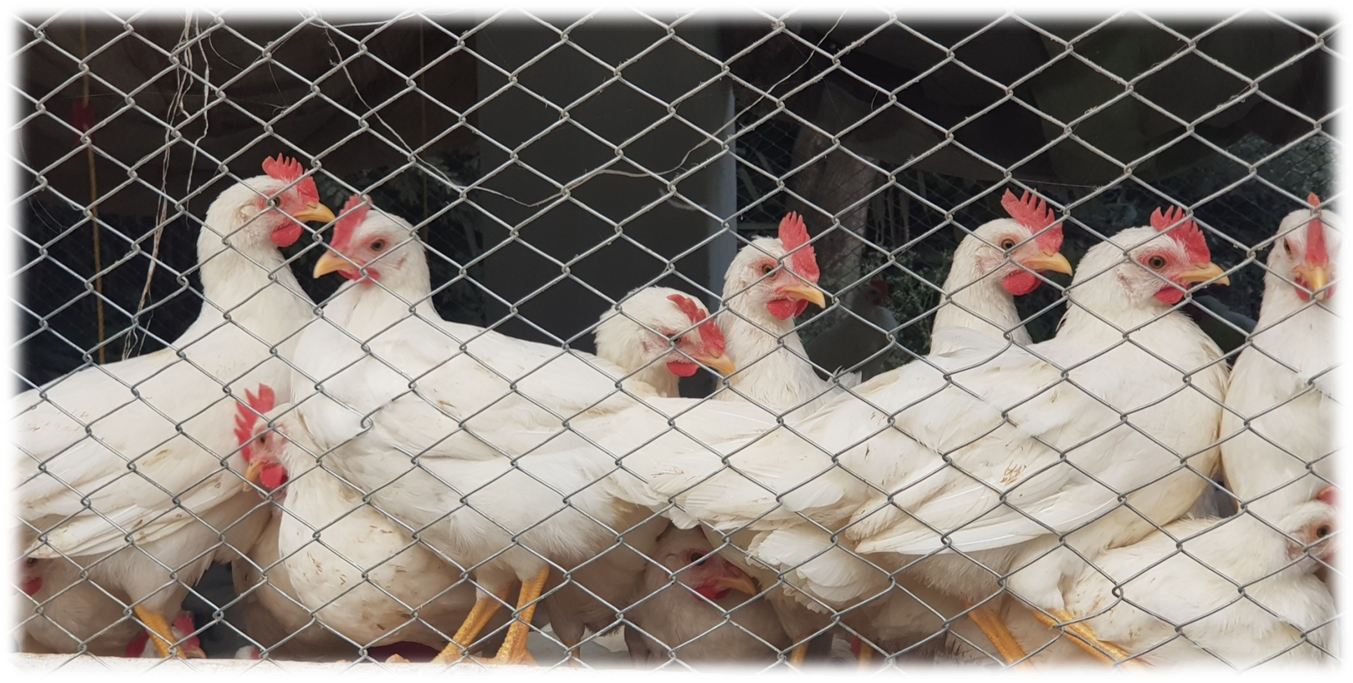The fallow and the shallow pay with industry!
In Ganjam district Kharif, Rabi and Summer season crops are separated as irrigated area and rain fed area. Among all the blocks of Ganjam, Hinjlicut shows a gap of 0.0204 HM in ground water (though still classified as safe) that is a comparison of ground water resources available and used.
As a result of lack of irrigation, the crops show a sizeable decline in production in the Rabi and summer season in Ganjam district. (In Hectares).
Hinjlicut Block Area Wise crop details


How did things change?
In 2017- 18 he met with the field extension workers of Harsha Trust. He was convinced that instead of selling his land one time, he could actually benefit much more by making it productive. He started his work by renovating his farm pond. He dug the pond 2 feet more. He was told that the greater depth would help him retain water even in summers.
His next step was plantation, and vermin- compost pits close to his farm pond. He used the compost he generated on his land; keen to extend his plantation he was given (G9 varieties of banana plant by ITC/Harsha Trust). Now nothing co uld stop Surjanarayan anymore. Thanks t o the digging of the farm pond, his old dilapidated well had also been recharged and the water level had substantially risen. He wanted it all. He got himself solar panels (which do not need batteries) in convergence with OREDA (Odisha Renewable Energy Development Agency) and used the clean energy to run his motor to draw water from both his farm pond and his well. His bananas had enough water. He started vegetable cultivation, and has started growing potatoes and radish. His solar energy powered motor which has recharged his dug well also, was received in convergence from the Block (MGNREGA)
There is no stopping him now
Two months back, Surjanarayan decided to jump into animal husbandry also. It was a new venture, but after the myriad opportunities and new successes that had opened up, he felt this was very much possible. He got himself funds for a poultry shed from the government under convergence from the MGNREGS scheme (Block and Veterinary Department) and bought 200 birds (chicks). The total cost of setting up his poultry unit was Rs 60,000, with Rs 21000 being the farmer’s contribution. He finally made his fallow land and shallow pond pay, with his industry.

